Skype: neodalle-travel
Tel: +86 135 7447 2266
E-mail: sales@visitaroundchina.com
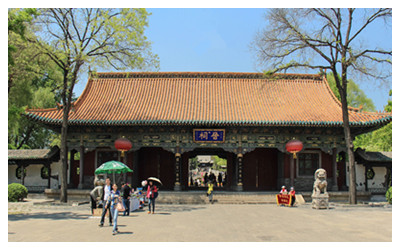 |
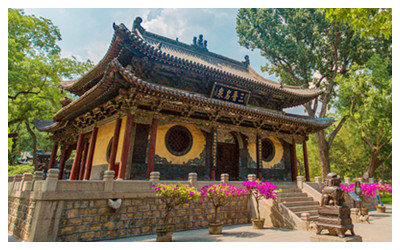 |
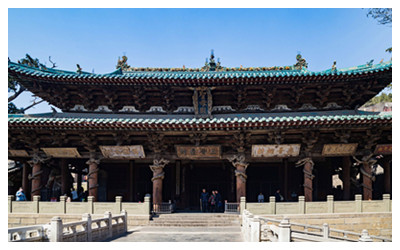 |
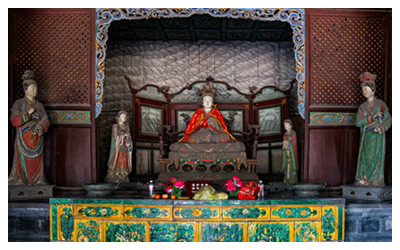 |
There are three additional wonders here that draw people from across the world. These are: The Figures of The Maidservants, the Zhou Cypress and the Never Aging Spring. Each of the Figures of the Maidservants that stand in the Saint Mother Hall, colored clay sculptures made during the Song Dynasty (960-1279), are unique. Whether these statuettes are washing, sweeping or dancing, they are all sculpted in a vivid and natural way.
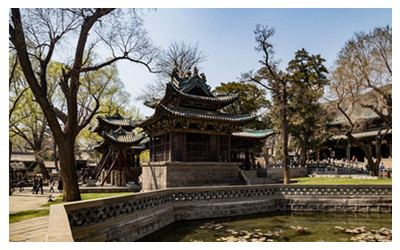 |
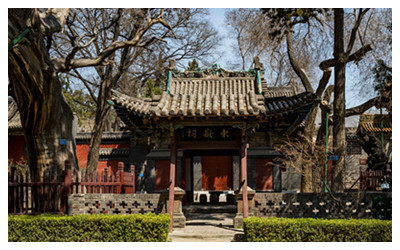 |
Jinci Temple was, to a certain extent, an imperial garden. Accordingly, some three hundred tablets were inscribed for it with writings by emperors, officials and poets, and these now line a scenic path in Jinci Temple. The most famous stele was written by the Emperor Taizong of the Tang Dynasty in 646, and it was kept in a pavilion which is now known as 'Zhen Guan Bao Han Pavilion'. Taizong was one of the great emperors of Chinese history. The time from which he inherited the throne from his father became known as the Prosperity of Zhenguan, and people referred to the calligraphy written by him as 'Bao Han', meaing a kind of treasure.
Travel Tips
Add: 25 kilometers to the southeast of downtown Taiyuan City., Shanxi Province
Entrance Fees: CNY 80
Opening Hours: :08:00-17:00
 Ask Questions ?
Ask Questions ?